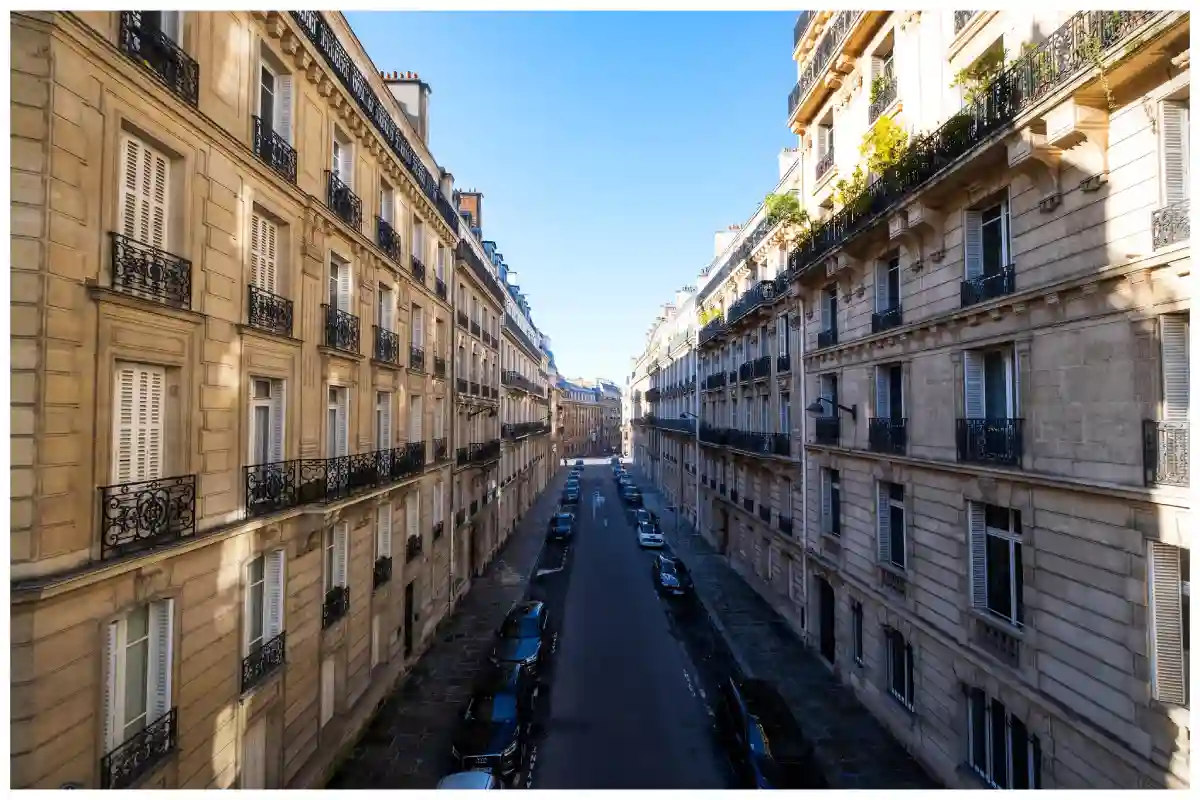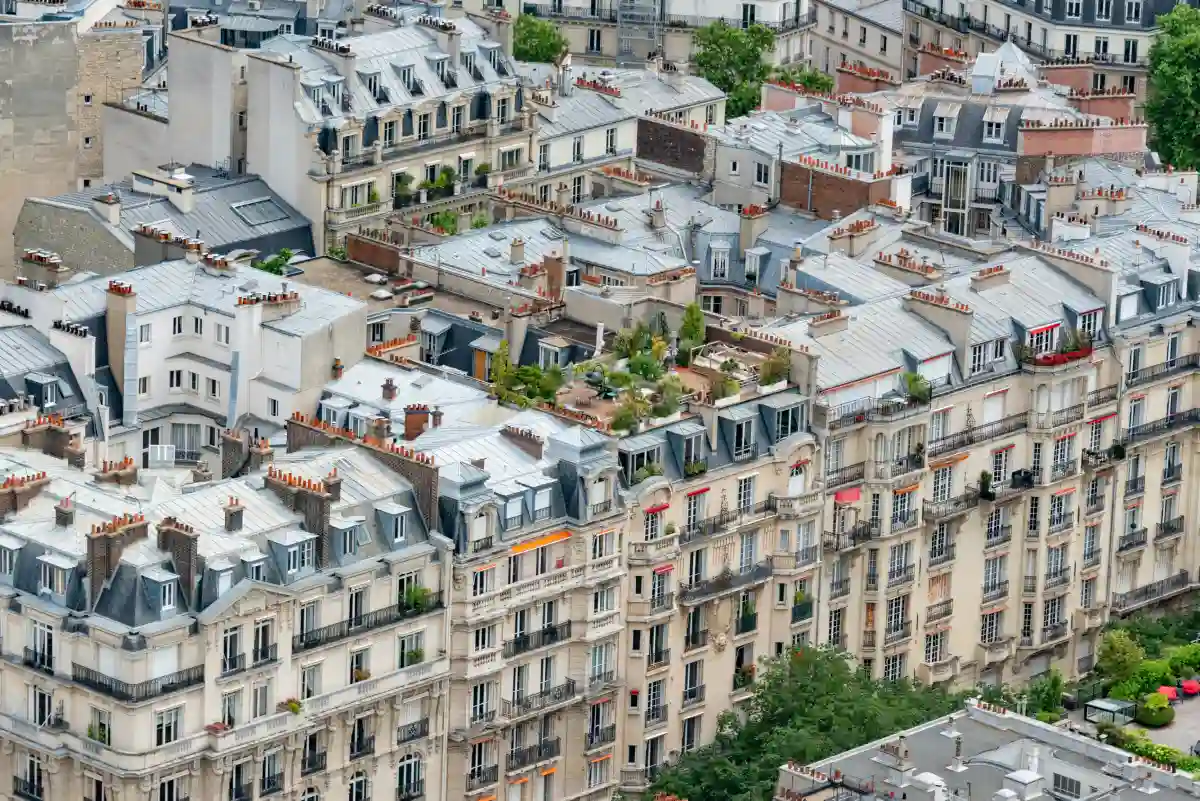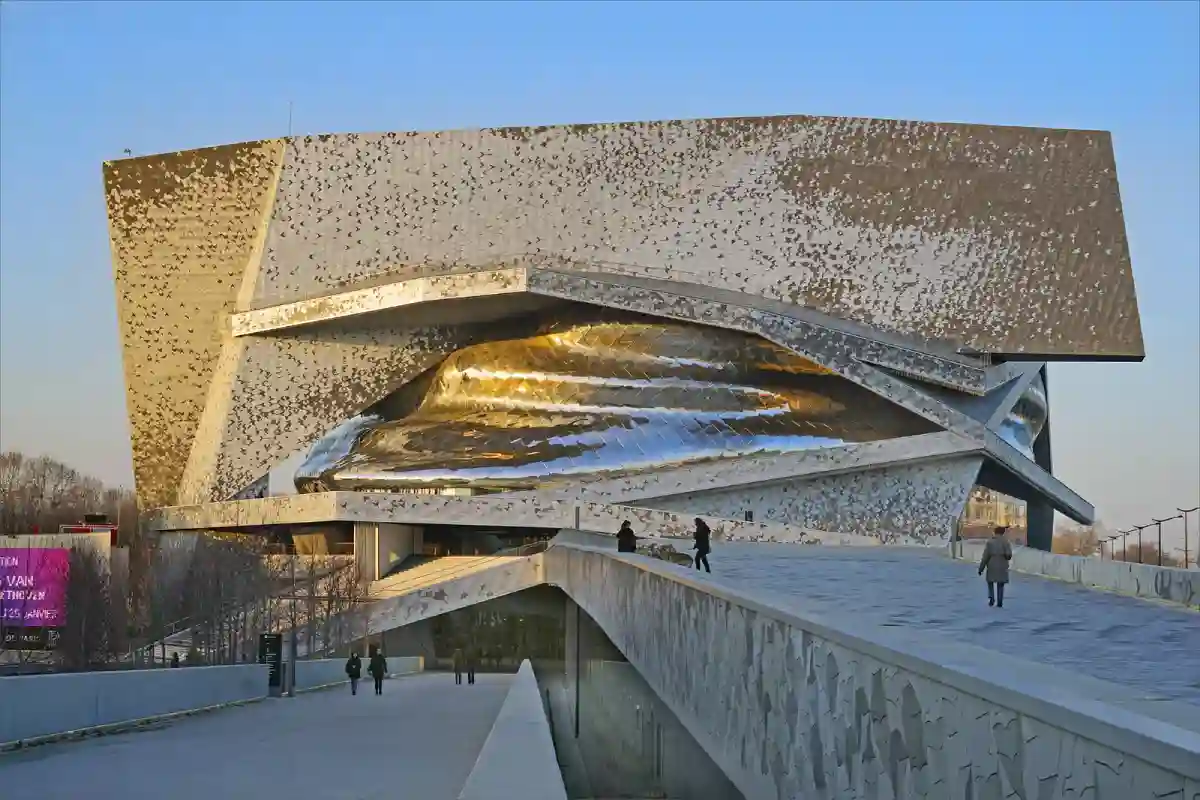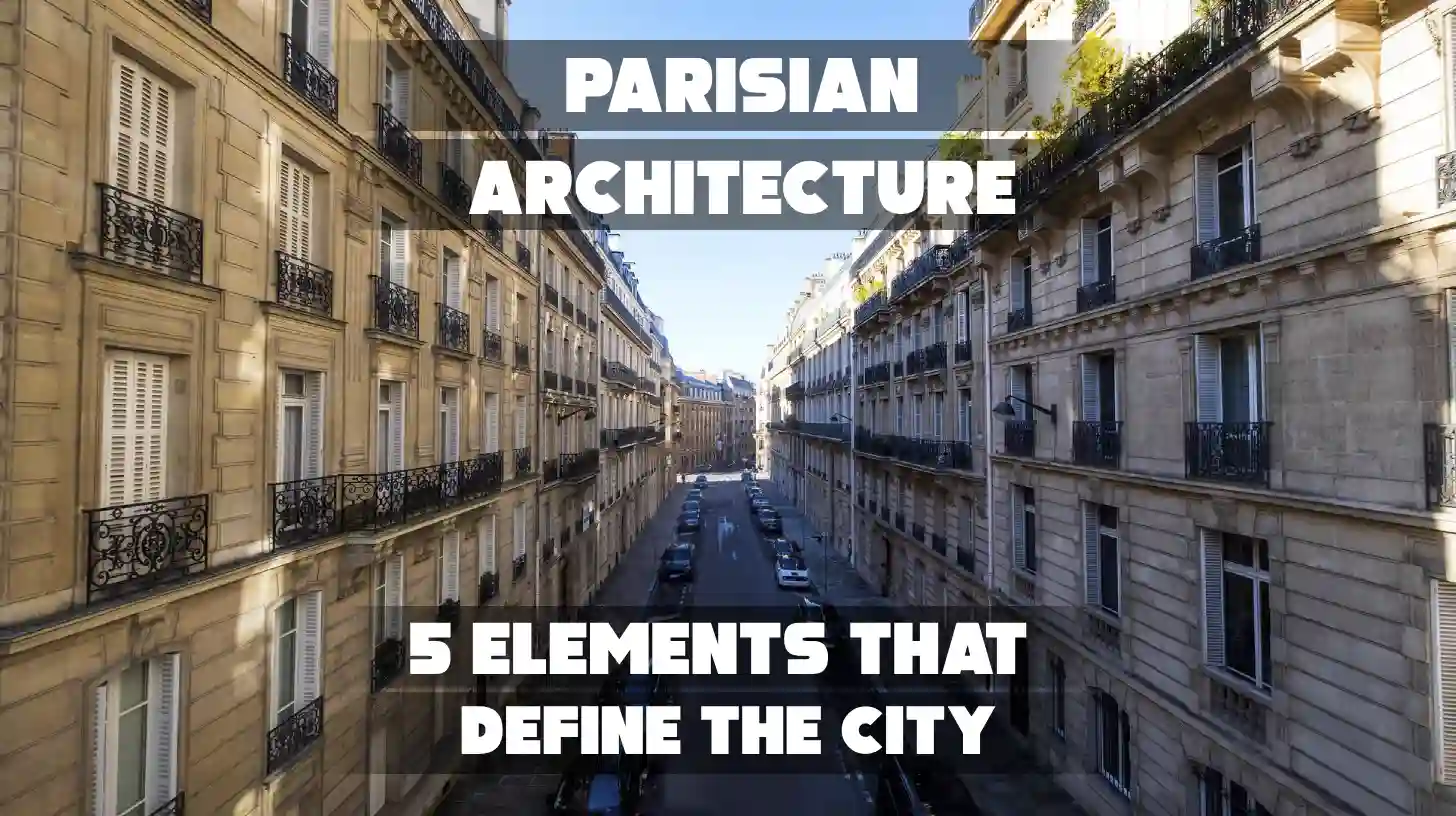Are you fascinated by Parisian architecture but unsure where to begin? You’re not alone—many struggle to understand the city’s rich design history.
As your guide, we’ll help you navigate through:
- Iconic Parisian architectural styles, including Haussmannian and Art Nouveau.
- The use of local materials like Paris limestone and wrought iron.
- How sustainability is shaping modern Parisian designs.
By following this plan, you’ll gain a deeper appreciation for Parisian architecture and its perfect balance of tradition and innovation.
Let’s explore!




1. Symmetry in Parisian Design

Symmetry is an important part of Parisian architecture. It gives buildings balance and order, making the city look elegant. Many classical buildings in Paris use symmetry to create beauty. The city’s urban planning often follows strict rules about symmetry, especially in places like Place de la Concorde and the city center.
In the 19th century, under Napoleon III and the work of Baron Haussmann, Haussmannian buildings brought a new style that focused on straight streets and matching apartment buildings with similar heights and shapes. This was part of the transformed Paris plan to make the city cleaner and more organized. These buildings often have rectangular windows and matching balconies that create strong symmetrical lines.
Symmetry is also clear in many public buildings and classical buildings designed with classical principles. Buildings from the time of Louis XIV and Louis XVI, for example, often feature symmetrical facades and columns that create a balanced aesthetic. These buildings show a clear center point with equal sides on both left and right.
Key features of symmetry in Parisian architecture:
- Balanced windows and doors on each side
- Central entrances are often highlighted with columns
- Repeated architectural elements like arches and balconies
- Use of geometric patterns in facades
- Straight, wide city streets lined with matching buildings
Symmetry gives Parisian architecture its timeless and elegant look. It is a sign of careful design and respect for architectural trends over the centuries, spanning the French Renaissance through the Second Empire, as seen in buildings that have survived both World Wars eras.
See Also French Architecture
2. Iconic Parisian Roofs

Roofs are an important part of Parisian architecture. Their shapes and styles help form the city’s unique skyline. Roof design in Paris has evolved in taste and function, spanning the Middle Ages through the 19th century.
One famous type is the roof on Haussmannian architecture. These roofs became popular during the Second Empire, when Napoleon III and Baron Haussmann changed the city. These rooftops are steep and covered with dark slate. They often include dormer windows, which let in light to the top living spaces. Many also feature decorative details like metal rails and tall chimneys.
Older roofs, such as those on Gothic cathedrals like Notre Dame de Paris, have flying buttresses and sharp, pointed shapes. These roofs were built using wood and covered in lead. After the damage from World War II, rebuilding tried to keep the old architectural style.
Key roof styles in Paris architecture:
- Steep slate roofs on Haussmann-style buildings
- Curved shapes on Art Nouveau rooftops
- Gothic style roofs with tall peaks and a rich history
- Flying buttresses on churches like Notre Dame
- Rectangular windows in dormers for more light
- Designs seen in famous examples across central Paris
These roofs connect old and new. Whether from the time of Louis XIV or modern buildings by Jean Nouvel or Richard Rogers, roofs help define the city’s look.
See Also Architecture in Italy
3. Local Materials in Parisian Buildings

Parisian architecture uses materials that are both smart and local. This keeps Paris’ buildings strong, beautiful, and part of the city’s long story. One key material is limestone, especially from the Île de la Cité. This stone gives many buildings a soft, classic look.
In the 19th century, Napoleon III supported the redesign of Paris. During the Second Empire, many buildings used this limestone. It shaped the clean lines of Haussmannian architecture and the bright façades of the Haussmannian style. Stone, iron, and decorative brickwork were chosen to match old and new ideas in design.
Materials often used in Paris architecture:
- Limestone for the walls of Haussmann-style buildings
- Marble fireplaces inside homes from the time of Louis XIV, Louis XV, and Louis XVI
- Slate tiles for roofs across central Paris
- Wood in homes from the Middle Ages and the medieval period
- Decorative details in stone or brick from baroque-style and classical-style buildings
- Metal railings on balconies of apartment buildings and public buildings
- Glass and steel used by Jean Nouvel and Richard Rogers in high-tech architecture
These building materials reflect both old and modern styles. Even today, they help Paris protect its charm and create better living spaces for all.
See Also European Architecture
4. Ornate Details in Parisian Architectural Style

Ornate details are a major part of Parisian architecture. They add style, skill, and history to the city’s look. Many buildings in Paris, spanning the Middle Ages through the 19th century, show great care in design.
In Parisian architecture, you can see:
- Carved stone walls from the medieval period
- Wrought iron balconies on Haussmann buildings
- Marble fireplaces in classic homes
- Rich façades inspired by the École des Beaux Arts
Famous examples of these details include:
- Curved shapes and floral lines in Art Nouveau works
- Sharp geometric patterns in bold Art Deco façades
- Arches and columns in classical style, French baroque, and neoclassical style buildings
- Sculpted forms in Renaissance architecture and classical buildings
- Iron railings and decorative details in Haussmannian architecture
In places like Saint Germain des Prés, these styles fill the urban fabric with beauty. Some new buildings in central Paris, like the Centre Pompidou, still reflect older styles while using modern ideas.
Even as new designs appear, Parisian architecture keeps its special charm through detail, history, and care.
5. Innovation and Sustainability in Paris

Parisian architecture is not just about history—it also looks to the future. Today, innovation and sustainability shape new Paris buildings and help improve the urban fabric of the French capital. Architects now use modern building materials and smart ideas to design eco-friendly spaces.
The modern movement and high-tech architecture brought new styles to the city. Designers like Jean Nouvel and Richard Rogers led this change. They use light, air, and smart systems in ways that blend with traditional architectural styles. These efforts protect both beauty and nature.
Key innovations include:
- Green roofs and living walls to clean the air
- Geometric patterns and smart windows to control sunlight
- Recycled and low-impact building materials, like glass and steel
- Eco-systems to lower water and energy use in apartment buildings
- Better urban planning for green areas and healthier living spaces
- Restoring Haussmann buildings to meet new energy goals
New designs rise near classic sites like Rue Saint Honoré and Saint Germain des Prés. At the same time, older treasures like Notre Dame de Paris, with its flying buttresses, remain symbols of history. This balance between the future and the past makes Parisian architecture both smart and timeless.

Parisian Architecture: A Recap
Parisian architecture is a blend of classical revival, baroque style, and influences from Louis XIV, Louis XV, and Napoleon III. Each era, spanning the Middle Ages through the Second Empire, shaped the city’s skyline. In areas like Saint Germain des Prés, Rue Saint Honoré, and the Île de la Cité, the city’s architecture continues to offer a glimpse into Paris’s rich history.
Iconic styles, like Gothic cathedrals with flying buttresses and the symmetry of La Madeleine, mix with high-tech architecture like the Centre Pompidou by Richard Rogers and Jean Nouvel. These notable examples combine decorative brickwork, curved shapes, and smart urban planning.
The balance of Renaissance architecture with modern designs shows how Paris blends tradition and innovation. Parisian architecture continues to be a model of beauty, resilience, and forward-thinking design.


